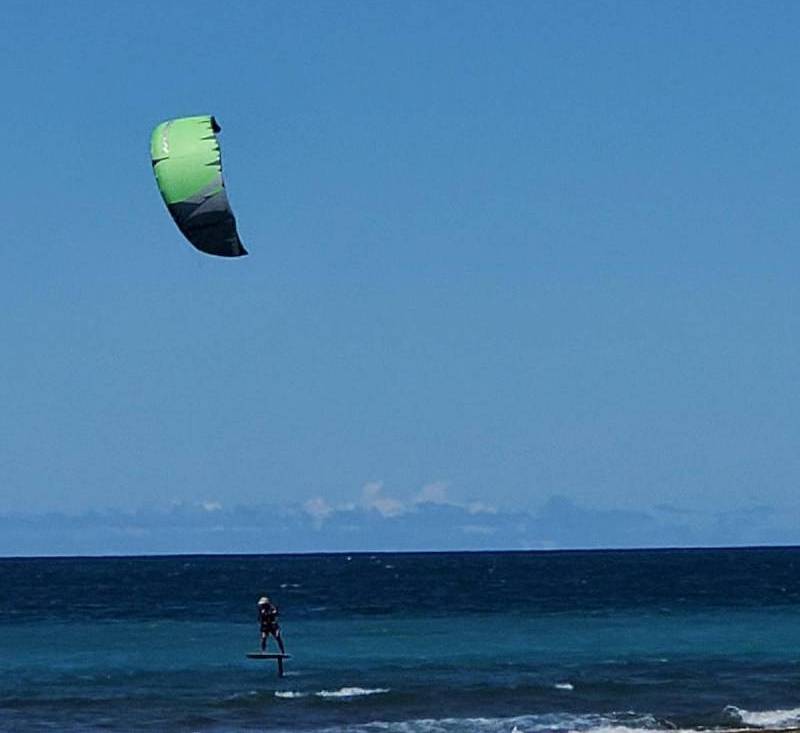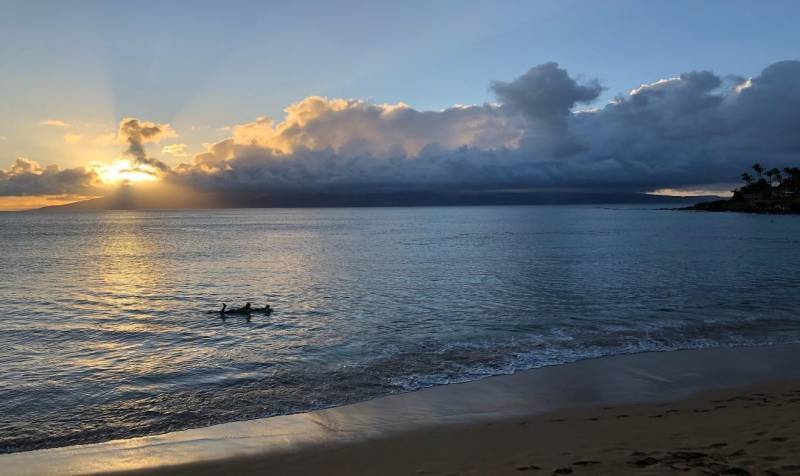Did you know that the Hawaiian word for wind is “Makani”? The wind in Hawaii is significant for cultural reasons and as a key climate control measure for the islands. Early navigation in the South Pacific was done using these winds known as the trade winds.
What Are Trade Winds?
Maui is blessed with trade winds that blow across the island and keep us all cool and dry. These winds are caused by the difference in air pressure between the high-pressure system over the North Pacific and the low pressure system at the equator. The high pressure causes air to flow toward the equator and the low pressure causes air to rise where it cools and forms clouds that can lead to precipitation. The origin of the word trade winds comes from the 15th century Portuguese sailors. They called them “trade winds” because they enabled trade between Europe and Asia. The early explorers also used the trade winds to reach the Americas.
Thankful for the Winds!
On the days when the wind doesn’t blow, it is hot and sticky and muggy on Maui, much like Oahu and Kauai, which tend to be more humid than Maui. We all grumble about the heat when there is no wind. It is good to be reminded that our trade winds are a blessing not to be taken for granted! It is the “Maui air conditioner” and “Maui air freshener.” Without the trades, we sometimes get VOG from the Big Island, especially when the volcano is erupting. When this happens, the air becomes thick and can create a condition which is fog like, obscuring objects. I have seen the VOG hang along the shoreline, so thick you can barely see a few feet in front of you! This is rare but can happen. Smog from Oahu can also reach Maui on still days when there is a light breeze blowing toward Maui from Oahu. So let’s keep that wind blowing!
The prevailing trade winds blow from the north east across the valley. They wrap around the point near Kapalua and blow across the channel. As the day progresses, the winds come in closer to shore. Around 10 in the morning, a wind line can be seen on the south and west coast of Maui. By about 11 or 11:30, the wind fills in and the sand will blow on the beach if it is a particularly windy day. This is a good time to get out of the sun anyway, so take a break and come back in the late afternoon when the wind backs off again.

Windsurfing on Maui
On the north shore of Maui, surfers, windsurfers and kiters time their sessions by when the wind will fill in the bays. The surfers go out early to catch the early morning session while the wind hasn’t come in. Around 11 the wind fills in and the windsurfers and kiters take over the outside breaks for the midday session. The wind usually backs off in the late afternoon again so the surfers head back into the water for a late afternoon session. This system works well as it keeps competing sports enthusiasts from interfering with each other for waves and it is driven by nature!
When the sugar mill in Puunene was operating, the surfers could tell how strong the wind was blowing by looking at the smoke stack and seeing the direction and at what degree the smoke was leaning out of the stack. That landmark no longer exists, but it was a great way to check out the wind while it lasted. Now there is an app with wind direction and swell size and direction updated throughout the day.
Kona Wind
Speaking of the smoke stack and wind direction, there are days when the wind switches from the northern, cooler winds to a southern, warmer wind. This is called a Kona wind because it is blowing in the direction of Kona on the Big Island. Usually a Kona wind will eventually bring rain or a Kona storm with high winds and heavy rains. When the wind comes from the south, the surfers usually surf on the south shores if there is a swell and windsurfers and kiters can be seen playing in the waters off the south shore beaches. Planes land and take off in the opposite direction to the way they usually approach the island. The flow of the island changes for the period of time that the wind comes out of the south. It is a little unsettling. The island breathes a collective sigh of relief when the wind switches back to our beautiful trade winds!

The Maui trade winds can be difficult to deal with, but they are an essential part of the climate and culture of the island. So next time you toss the ball to serve and it blows away from you or the wind whips sand at you as you walk across the beach, remember that the trade winds keep Maui cool, green and the skies clear!
For information about Maui real estate and the Maui lifestyle, reach out to me at ChrisHaywood@hawaiilife.com.




Leave your opinion here. Please be nice. Your Email address will be kept private, this form is secure and we never spam you.